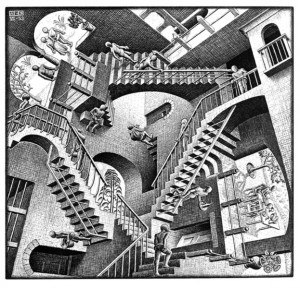
A baseball game was playing last week where a very tough call was made: the runner slid into third base at nearly the same time the third baseman caught the ball. The player was called out and a team challenged the call. While the play was under review, replays were aired showing the play from multiple camera perspectives. The camera from the first base line clearly showed that the baseman caught the ball first and the runner was out. The camera from the third base line appeared to show that the runner made it first and was therefore safe. Examples like the baseball play illustrate the importance of perspective and that the angle of view — whether a human witness or a surveillance camera — can greatly impact perception.
It is rare that a home or business will setup only one security camera. An establishment that has installed their surveillance properly will not only have multiple cameras, but they will often configure them to overlap coverage in order to get multiple angles of the same zones. What’s more, surveillance systems are everywhere now. It is very common for neighboring establishments to have surveillance systems as well. What does this mean for an attorney’s case? This could mean there is more than one angle showing what happened. Having multiple perspectives recorded of the same event may be crucial because as the baseball example shows, a single perspective may not accurately show what really happened.
Although some of the details have been changed to protect the privacy of parties involved, NCAVF worked a case, which was recorded from several angles, where police were attempting to arrest a woman who was resisting arrest. Once officers had the woman in handcuffs, the family of the suspect became hostile towards the officers. To protect themselves, officers were forced to use pepper spray on the advancing crowd. Dashcam footage of these events appeared to show the crowd was twenty five feet away from the officers and therefore not as much a threat. However, a closer analysis of the video proved that the initial perception of the incident offered by the dashcams was wrong and that the crowd was not 25 feet away but really five or six feet away. What first seemed a possible explanation of distance — even to the defense — was proven inaccurate.
At the end of the day, attorney’s must recognize the importance of perspective and that what is viewed on a single piece of video evidence may not be a clear representation of the actual events. The perspective in which the video was recorded often plays heavily in how it appears to the viewer. This, above all else, means it is crucial for attorneys to rely on a video forensic expert to clarify and analyze the evidence in order to understand what really happened.